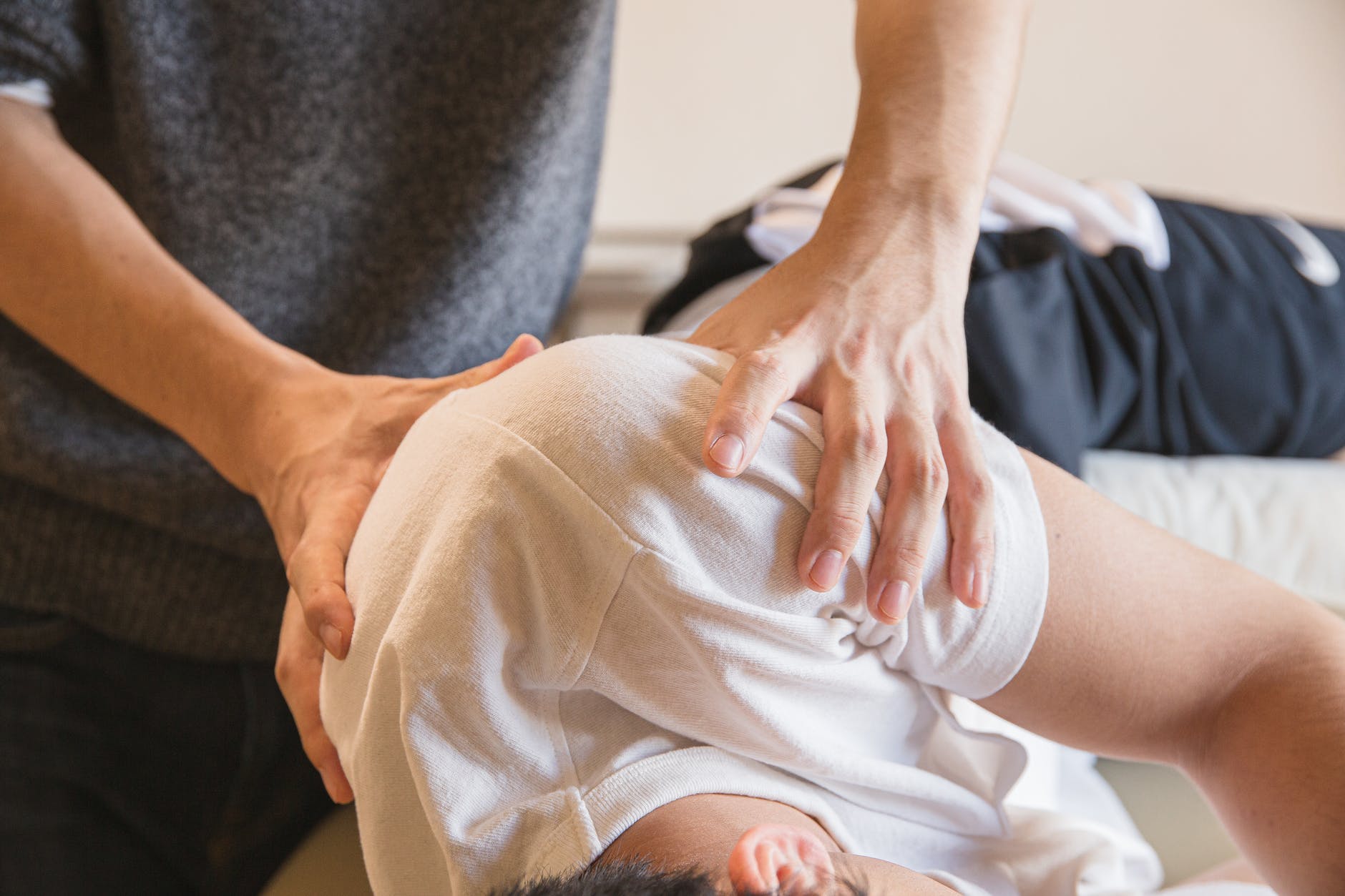
Improve Your Flexibility and Mobility with Physical Therapy
Mobility refers to how joints move, whereas flexibility is the ability of a muscle to lengthen through its full range of motion. Flexibility directly correlates with mobility and range of motion.
How Poor Flexibility and Mobility Affects Overall Health
Joint and muscle flexibility and mobility impact your ability to perform daily activities. People with stiff muscles and joints often experience difficulties performing certain movements and tasks.
If you have stiff muscles, you may inadvertently overwork your muscles when exercising or performing a certain activity. Stiff muscles and poor joint mobility can negatively impact athletic performance. People with stiff muscles are prone to injury when exercising. It’s imperative that you listen to your body and stop exercising when you experience pain or muscle soreness, or you might sustain an injury and may need to be evaluated by a healthcare professional.
There are various reasons for lack of mobility and muscle inflexibility; certain medical conditions, age-related deterioration, gender-specific physiological characteristics, and sedentary lifestyle can contribute to muscle inflexibility.
Regardless the cause, stiff and tight muscles can cause poor posture, leading to chronic pain, poor balance, and headaches. If you are experiencing flexibility and mobility issues, physical therapy may be right for you.
What Does a Rehab Specialist Do, How Does Physical Therapy Work, and What are the Health Benefits?
Many people with stiff joints and muscles turn to a rehab specialist for help. Our rehab specialists in Burien are trained to help patients work on their flexibility and strengthen weak muscles.
During a session, your rehab specialist may knead and massage the soft tissue to relieve pain and inflammation and promote blood flow.
Some common objectives of physical therapy are to relieve pain and boost coordination, flexibility, endurance, strength, and range of motion.
A rehab specialist can help manage mobility impairments resulting from heart disease, arthritis, or diabetes. If you have had an accident recently, are recovering from a surgery or had a stroke, your doctor may want you to see a rehab specialist who can help you relearn simple motor activities.
Rehab specialists use the following methods to help relieve joint pain and improve flexibility and mobility:
- Manual or hands-on therapy: Includes myofascial release techniques, soft tissue and/or joint mobilization, and muscle strengthening techniques
- Therapeutic exercises: These exercises focus on gently stretching sore, stiff and tight muscles to improve strength and stability
- Postural correction techniques: Include postural correction exercises and behavior modification exercises that focus on correcting musculoskeletal issues
- Pain management techniques: Include dry hydrotherapy and/or cryotherapy involves electrical stimulation, massage therapy, intersegmental traction, and ultrasound therapy
There are several benefits of physical therapy. It can help reduce dependence on opioids for pain management, avoid surgery, and fast track recovery from an injury or trauma.
How Can a Rehab Specialist Help?
Rehab specialists are trained to identify deficiencies in biomechanics and target specific areas. Your rehab specialist will teach you stretching exercises and can will build an effective action plan to prevent scar tissues from forming or contracting.
Your specialist will recommend strengthening exercises that focus on improving strength and range of motion and increasing endurance. A rehab specialist will often use different treatment modalities to strengthen your core and increase the body’s core stability.
Depending on the nature, and severity of mobility impairment, a rehab specialist may use ice and cold therapy and electrical stimulation-involves passing low-intensity current through the treatment site to stimulate blood flow to it and decrease swelling.
The Stepwise Approach to Physical Therapy
At your first treatment session, your rehab specialist will perform a thorough physical examination. They will ask you a number of questions about your medical history, symptoms, and sleep pattern. This is the right time to share details regarding any problems you experience while moving or doing different tasks.
They will administer several physical tests to:
- See how well you move around, grasp, reach and bend
- See how easily you climb stairs up and down
- Check your posture and balance
- Monitor your heartbeat and rhythm while you’re active
Once your rehab specialist examines and assesses your needs, they will gather your information and determine a diagnosis. Your specialist will explain to you your condition and what caused them.
The professional will work with you to set treatment goals. Some common treatment goals include pain reduction, improved flexibility, and improved range of motion. They will use their evaluation to help develop a treatment plan that addresses your underlying problem.
Your treatment plan may include:
- Exercises or stretches
- Massage therapy, heat and/or cold therapy, to reduce muscle pain and spasms
- Training sessions to teach you how to effectively use tools such as a cane or walker while walking
- Dietary and lifestyle recommendations
Your rehab specialist will monitor progress and tweak the treatment plan as necessary.
How Long Does It Take to See Results?
The average healing time for different types of tissues are as follows:
- Muscles – 2-4 weeks
- Bones – 6-8 weeks
- Cartilage – up to 12 weeks
- Tendons – up to 4-6 weeks
- Ligaments – up to 10-12 weeks
How long you will be in physical therapy will depend on several factors such as healing rate, some people heal quickly than others, which body part is affected-some body parts take longer to heal than others and the nature of the condition.
The Ascent Chiropractic team consists of trained and licensed rehab specialists. We are committed to helping people lead a healthy, fulfilling and pain-free life. To talk to one of our rehab specialists, call (206) 241-3836.





